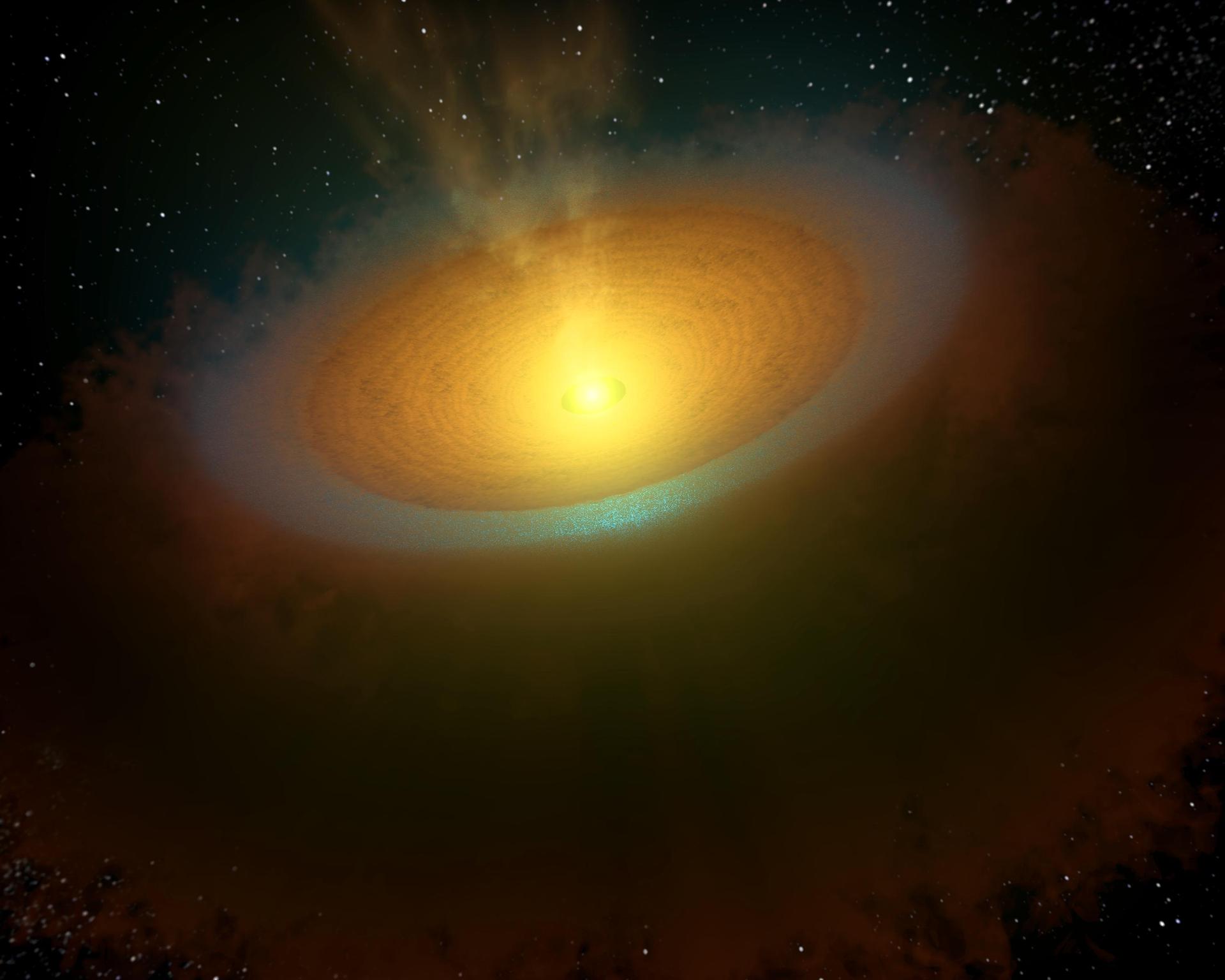Stars not too old to birth planets
Icy planet-forming disk around a young star called TW Hydrae, located about 175 light-years away from Earth.
Scientists have found that old stars can still birth planets in a discovery that contradicts previous findings.
Astronomers made the finding while analyzing TW Hydrae, a star in the Hydra constellation, which astronomers believed was past its planet-creating prime.
Space.com said that TW Hydrae is surrounded by rings of dust and gas, which are known as protoplanetary disks.
The disk is about three to ten million years old while others that have been discovered were likely younger at about two to three million years, said NASA's Jet Propulsion Laboratory.
These disks eventually solidify to become new planets.
Space.com said that TW Hydrae had been widely studied before but no prior study had been able to measure the number of hydrogen molecules – key in knowing if planets can form.
Hydrogen is difficult to measure given that the gas does not emit radiation thus making estimates vary widely.
New techniques created by European Space Agency's Herschel Space Telescope allowed researchers to estimate the gaseous disk of TW Hydrae at 16,650 times the mass of Earth.
This leaves enough room for planetary birth by a long shot.
The findings will appear in the journal Nature.
Every day, reporters and producers at The World are hard at work bringing you human-centered news from across the globe. But we can’t do it without you. We need your support to ensure we can continue this work for another year.
Make a gift today, and you’ll help us unlock a matching gift of $67,000!
